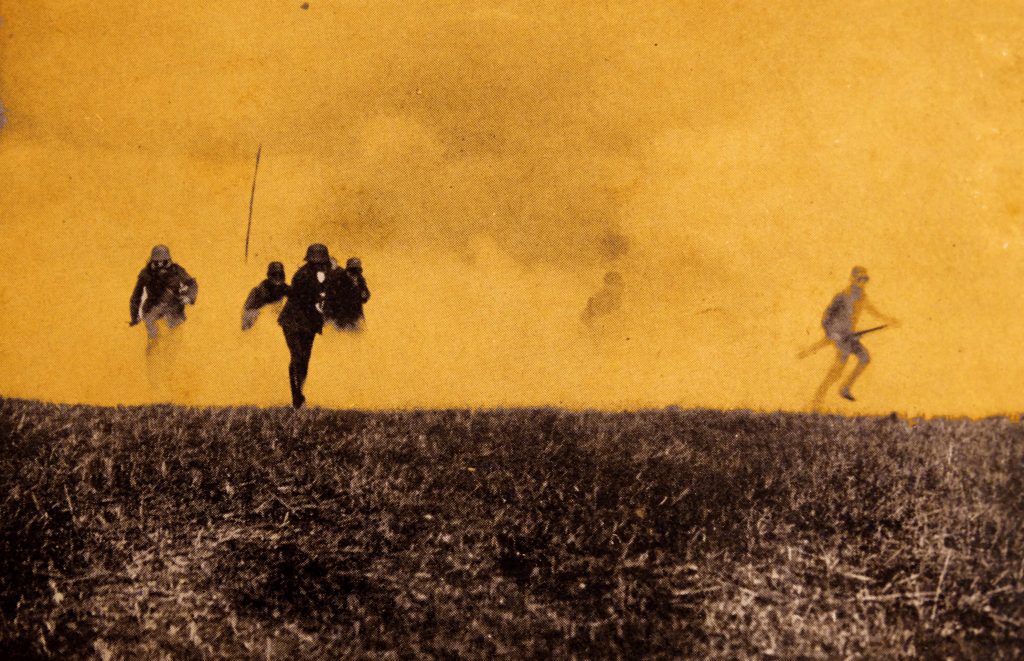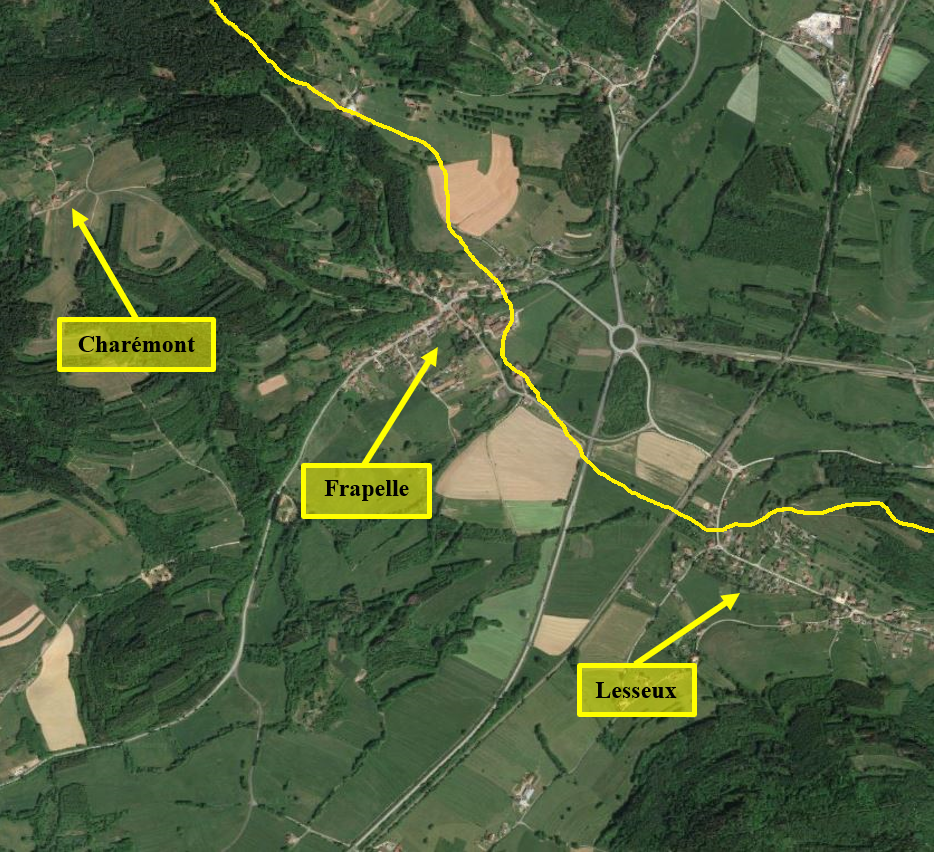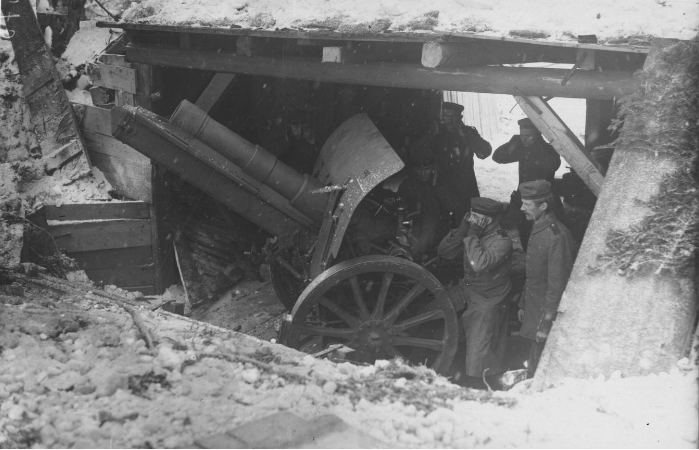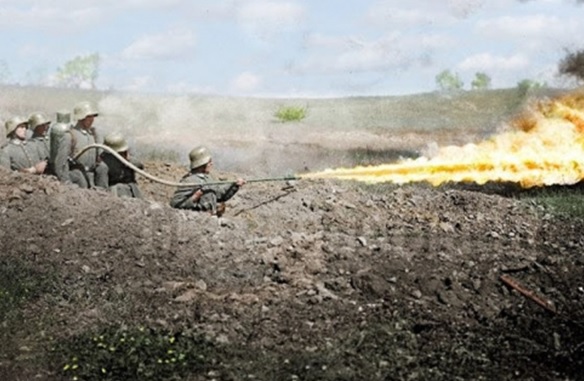George William Bell
George William Bell’s Personal Narrative was derived from information found in public records, military personnel files, and local/state historical association materials. Please note that the Robb Centre never fully closes the book on our servicemembers; as new information becomes available, narratives will be updated to appropriately represent the life story of each veteran.
Please contact the Robb Centre for further clarification or questions regarding content or materials.
Military Honor(s):
Distinguished Service Cross
Citation: The President of the United States of America, authorized by Act of Congress, July 9, 1918, takes pleasure in presenting the Distinguished Service Cross to Private George Bell (ASN: 2168986), United States Army, for extraordinary heroism in action while serving with Company E, 366th Infantry Regiment, 92d Division, A.E.F., near Lesseau, France, 4 September 1918. Although he was severely wounded, Private Bell remained at his post and continued to fight a superior enemy force which had attempted to enter our lines, thereby preventing the success of an enemy raid in force.
Life & Service
- Birth: 18 October 1895, Athens, AL, United States
- Place of Residence:
- Race/Ethnicity: African American
- Death: 13 September 1918 , France
- Branch: American I Corps Army
- Military Rank: Private
- Company: [E]
- Infantry Regiment: 366th
- Division: 92nd
Personal Narrative
Private Bell was awarded the Distinguished Service Cross posthumously on 8 November, 1918 for his valorous actions on 4 September, 1918 near Lesseau, France;
“The Distinguished Service Cross is presented to George Bell, Private, U.S. Army, for extraordinary heroism in action near Lesseau, September 4, 1918. Although he was severely wounded, Private Bell remained at his post and continued to fight a superior enemy force which had attempted to enter our lines, thereby preventing the success of an enemy raid in force.”
Private George William Bell served with [E] Company, 366th Infantry Regiment, 183rd Infantry Brigade, 92nd Division during his time of valor in the St. Die sector. The following is his story.
The Saint-Dié Sector – 4 September 1918
August 1918:
As early as 1914, the frontlines running through France’s Vosges Mountains had become static. No significant offensives were attempted in this region until the Summer of 1918, when the American 6th Infantry Regiment of the 5th Infantry Division undertook a bold surprise attack on the German-occupied town of Frapelle on 17 August, 1918. In the aftermath, the once peaceful Saint-Dié Sector erupted. The Germans turned virtually every cannon, plane, and machine-gun in the sector on the 5th Division in an effort to drive them from Frapelle and reclaim their old position, and heavy artillery and first-rate Prussian infantry were also introduced from outside of the sector to spearhead this new operation. Over the next 5 days, the German offensive pummeled the 5th Division’s lines, but the American troops, with assistance from the overseeing French XXXIII Corps, held the line.
On 22 August, the 92nd Infantry Division, sans the 167th Field-Artillery Brigade, began to relieve the 5th Division in the Saint-Dié Sector. At once, they faced severe difficulties. German machine-guns and artillery observers had a clear view of the American lines crossing the valley between Frapelle and Lesseux. Additionally, the Germans enjoyed air-superiority over the Vosges mountains, which meant that on clear days they could easily bombard the 92nd Division and direct accurate artillery fire from above. As a result, the Germans were able to consistently and accurately shell the Allied lines, a fact that became painfully obvious when 366th Infantry Regiment suffered the 92nd Division’s first casualties as a result of enemy fire when the German guns razed Frapelle on 23 August.
1-3 September 1918:
Though the 92nd Division had weathered frequent attacks by German artillery and raiders through the last week of August, 1918, they did not experience an earnest attempt to drive them from their lines until the night of 31 August and morning of 1 September, 1918. Heavy bombardment using a blend of high-explosive and mustard gas shells allowed the Germans to get in close with hand grenades and flamethrowers, but the 92nd Division, with supporting fire from French artillery and mortar teams, were able to repulse the enemy. The Germans spent the morning after the attack recovering from the heavy losses suffered during the night battle before resuming their offensive in the afternoon. However, the Germans were again driven back by Allied firepower. In retribution, the Germans placed the 92nd Division under continuous bombardment through the following day.
On 2 September, 1918, the 92nd Division learned a number of important lessons about gas defense. In one particularly bad incident, an officer and several enlisted men suffered severe exposure to mustard gas when, due to an overabundance of smoke from gunpowder and burning high-explosive residue, they were unable to identify the distinctive smell of this chemical. Across the division as a whole, however, a more pressing issue became apparent; the standard-issue Small-Box Respirator (SBR) gasmasks did not fit many members of the 92nd Division, leaving them dangerously exposed to the enemy’s chemical weapons. Unfortunately, though some measures were taken to alleviate this issue, the 92nd Division simply had to make-do with their inadequate gas protection through the entire length of the war.

A German gas attack on soldiers during World War One. Dated 1914. (Universal History Archive/UIG via Getty Images) – Colourized.
The following day, a large host of German infantry attempted to raid a section of the 366th Regiment’s frontline. In the ensuing firefight, Second Lieutenant Aaron Fisher became the first member of the 92nd Division to distinguish himself in combat when he chose to remain in the field to command his men despite being badly wounded during the initial phase of the attack. In so-doing, he set the gold-standard that several other members of the 366th Infantry Regiment would attempt to follow in the coming days.
4 September 1918:
On 4 September, 1918, a large German raid hit the 366th Division’s lines near the town of Lesseux. Employing mortars and flamethrowers, the Germans descended upon the American soldiers and a vicious firefight broke out. Private George Bell was critically wounded during this fight, but he refused to leave his post. So long as he still drew breath, the Germans would not pass—and pass they did not. However, this victory came at great cost to Private Bell. Though he had survived the battle, his wounds were severe. In the aftermath of this battle, Bell was interred in St. Charles Hospital in France where he died on 15 September, 1918.
For his extraordinary heroism, Private George Bell was posthumously awarded the Distinguished Service Cross by the War Department under General Orders No. 139 in 1918.
Several other members of the 92nd Infantry Division were awarded the Distinguished Service Cross for actions near Lesseux on September 4, 1918. Their names and links to their own Personal Narratives are included below.
Sergeant (Then-Private) Roy A. Brown, [E] Company, 366th Infantry Regiment.
Corporal Van Horton, [E] Company, 366th Infantry Regiment.
Private First-Class William Clincey, [F] Company, 366th Infantry Regiment.
Private Alex Hammond, [E] Company, 366th Infantry Regiment.
Private Edward L. Merrifield, [E] Company, 366th Infantry Regiment.
George Bell died in St. Charles Hospital in France due to wounds received in action, and was buried in the Cimmetaire de St. Die in Vosges, France on 15 September, 1918. George Bell was disinterred from St. Die Cemetery on 12 January, 1921, and was sent to his mother, Clara Bell, to be buried in Oak Grove CME Church Cemetery in Athens, Alabama.
George Bell had one son, Frost Bell (1915-1962), with Nancy Matthews. Frost Bell lived in Athens, Alabama, and served one year in prison for a distilling charge in 1937. Frost was married to Iola Collins in 1944, and later to Mariah Williams in 1946. Frost Bell died in 1962.




